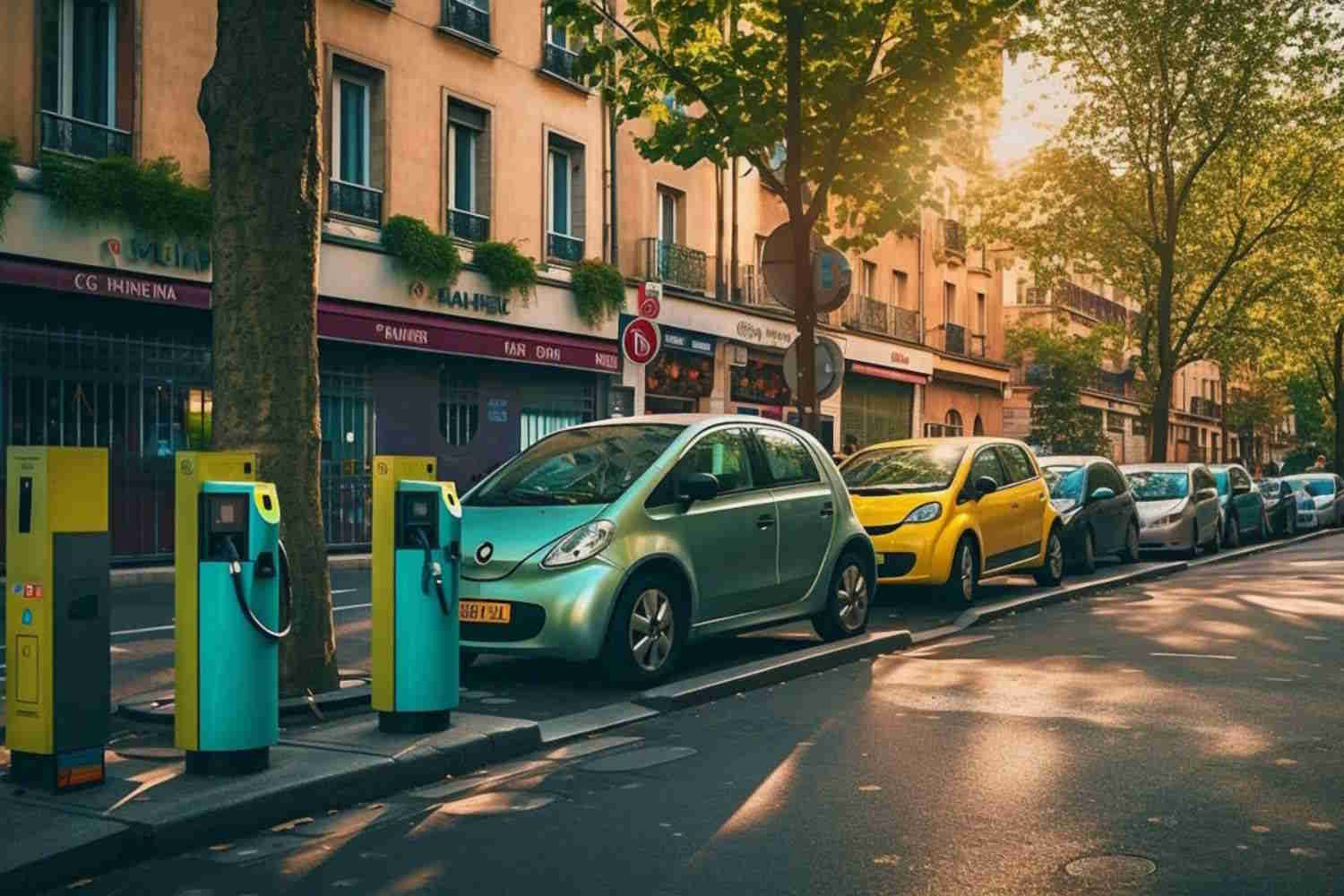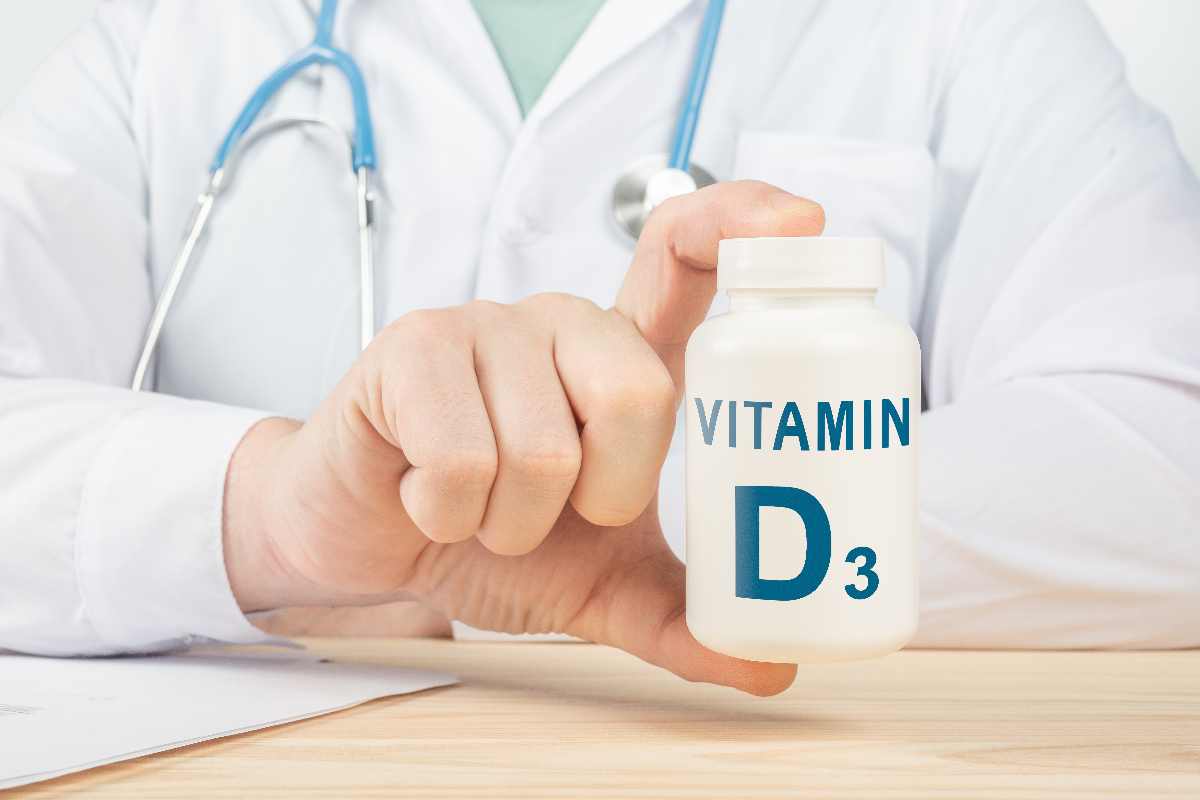From the real cost to the rapidly expanding charging network, Repower's new White Paper sheds light on the false beliefs surrounding electric mobility. A detailed analysis based on concrete data that dispels the main fears of consumers, from the question of autonomy to operation in cold weather, demonstrating how the technology has now overcome many of its initial limits.

Table of contents
Electric mobility continues to be divisive, with fervent believers on one side and staunch skeptics on the other. The recent White Paper from Repower, a top energy industry company, sheds some light on some of the most widespread myths still keeping many people from embracing sustainable mobility. Let’s take a look at the key findings of this ninth release of reports briefly.
The cost? It’s not what it seems
“Elecric cars are too expensive” is the most common objection in the case of electric mobility. The reality, as always, is more nuanced. While the initial outlay is generally greater than for traditional vehicles, the long-term picture is reversed. Much lower operating expenses—less maintenance and fuel savings—allow owners to recoup the initial outlay within a relatively short period of time. It’s not about paying more; it’s about paying differently.
The charging network is growing fast
Those who worry about running out with a power-up in hand during an Italian tour need not be troubled. Growth in charging station facilities is astonishing-28% within a single year, over 60,000 public charge points across the country. Yet an even more striking figure deals with tourism: well over 2,300 restaurants and hotels are now capable of recharging guests’ cars. “Electric holidays” certainly seem more realistic now than at any time before.
Range: the reality is better than the perception
The range problem is quickly becoming old news. As one report points out, with analysis by Motus-E, 86% of available electric vehicles today have sufficient range to cover over 98% of Europeans’ daily commutes. Do the math: within less than a decade, the average range of new electric vehicles has almost doubled, from 131 miles in 2015 to 249 in 2024, and some models reach up to a high of 435 miles.
Charging time: no more hours
“Too long to charge” is another myth in the making. Super-fast charging points allow an 80% charge in 18 to 30 minutes. Even if home charging is desired, a typical 7.4 kW Wall Box charges an electric car fully overnight, and lower powers are adequate for shorter urban journeys.
Cold weather is no longer a problem
The final of the myths concerns electric car performance in extremely cold temperatures. Studies cited in the report, based on thousands of vehicles, show that while extreme cold temperatures reduce range modestly, they remain well in excess of what would be required for normal driving. With present lithium-ion batteries and small usage adjustments, electric cars now work reliably even under extreme weather.
The Repower report not only shatters myths, but also paints a fast-evolving technology. With Europe aiming at 2035 as the year when it will stop sales of internal combustion vehicles, an understanding of the realities of electric mobility is essential. The figures shown clearly demonstrate how most widespread concerns are nowadays no longer relevant, clearing the way to a cleaner, cheaper transport future.
To read the full White Paper, click here.

